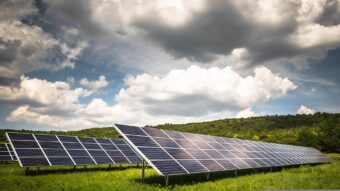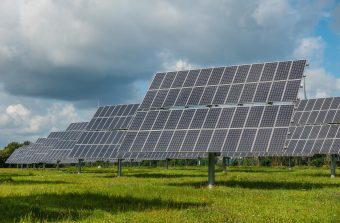
Just ten years ago, the use of renewable energy sources in Serbia was negligible. Here and there, we came across projects of solar power plants for personal use, either on a holiday home in the form of an off-grid system with which the owners solved their electricity needs where there was no grid or on the roof of a company where they visionarily decided to invest and reduce their bills for electricity.
The legislation did not exist, and nobody thought about incentives. It was only in 2017, when the EPS adopted the Rulebook on the operation of the distribution system, that the first positive steps were taken, and the electricity market was formed. During that period, more and more private individuals invested in power plants for their own needs, still not knowing when the investment would pay off.
In the following years, things changed significantly. On the market, there were not only power plants for investors’ own needs that were connected without procedures, but more “sustainable projects” appeared — power plants that deliver excess electricity to the grid and sell it to the electricity supplier.
IN FOCUS:
- MORE WORKERS, MORE RECYCLED HAZARDOUS WASTE, A HEALTHIER ENVIRONMENT
- COMPLETELY ECOLOGICAL
- THERE IS NO ALTERNATIVE TO RENEWABLE ENERGY
The adoption of the Law on the Use of Renewable Energy Sources last year announced a new incentive program for renewable energy sources and increased workload for companies engaged in the design of RES power plants, primarily when it comes to wind farms and solar power plants. Soon afterwards, we found ourselves in the middle of an energy crisis, which served as an additional incentive for the transition to renewable energy sources.

The industry has a hard time accepting price jumps and reacts to drastic changes by turning to more efficient solutions. This is exactly what happened, so companies increasingly agreed upon the design and construction of power plants with firms that are their comrades on this path of transition. The CEEFOR company has been operating on the choice of construction, the slope of the panels and the surrounding soil.
The Toyo Tires solar power plant will cover 8.2 hectares. The annual production of electricity will amount to 10,148,927 kWh, which will contribute to the saving of 8,119,141 kg of carbon dioxide on an annual basis.
Along with the design of the solar power plant, CEEFOR was in charge of preparing the documentation needed to obtain a building permit, which was a challenge because it is a power plant with a capacity of over 1 MW that will be located on the ground, and a simplified procedure was not applicable in this case.
All the necessary steps, information on the location, geomechanical studies, obtaining an opinion for connection and conditions for design and connection from the electricity distribution company, then obtaining location conditions, development of all necessary projects, creation of environmental study, obtaining an energy permit, can be extended for several months. However, thanks to the good cooperation with the investor, local authorities, and all competent institutions, all the mentioned steps were completed in record time so that the investor (as well as the state) could start using the benefits of solar energy. for more than ten years. During its first decade, it tried to enable its clients and partners to reduce electricity consumption, as well as to contribute to the preservation of the environment with significant financial savings. CEEFOR offers its clients consulting and design services in the field of renewable energy sources, and their reference list is exceptional.
The Toyo Tires company recently joined this list, for which CEEFOR designed the Toyo Tire Taiyo solar power plant, with a total power of 8.4 MWp. The project included bifacial solar panels that enable the production of electricity from the rear side as well, thereby increasing the total output power of the individual modules. They are an excellent choice for power plants on the ground because they increase the output power by up to 20 per cent, depending The plan is for this power plant to acquire the status of a prosumer, that is, to use green electricity for their own needs. At the same time, all excess will be handed over to the electricity distribution network.
Prepared by: Milica Radičević
Read the story in the new issue of the Energy portal Magazine Waste Management.



